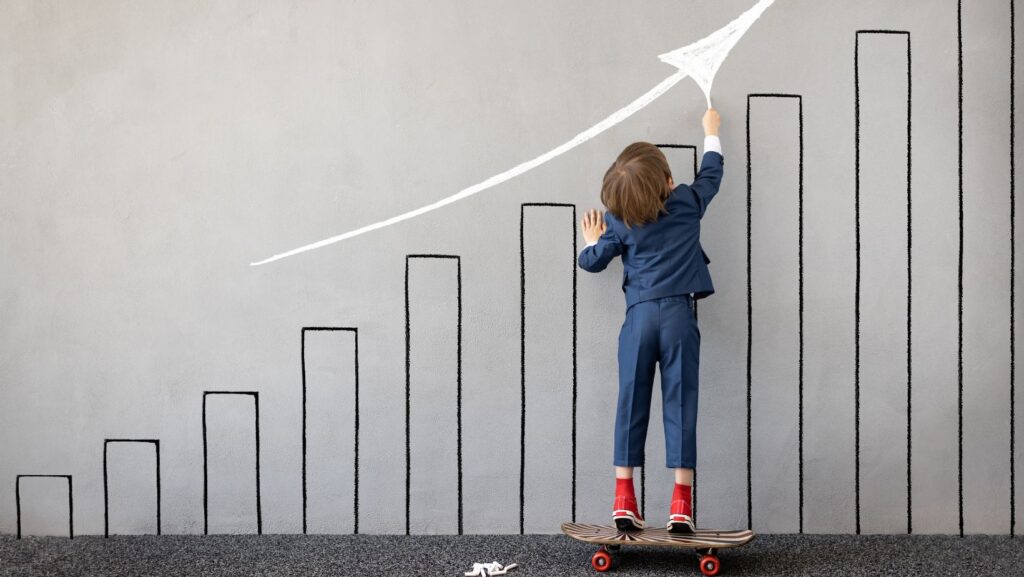Introduction
In the world of child development, balance stepping stones have emerged as not just tools for play but as crucial aids in fostering sensory, motor, and cognitive skills in children. As a parent of a child with autism, I’ve witnessed firsthand the transformative impact these simple yet effective stones can have on a child’s growth and development journey.
Understanding Child Development Needs
Children, especially those with sensory processing challenges like autism, have unique developmental needs. Sensory play is vital as it helps children explore and make sense of the world around them. Balance stepping stones provide a structured way for children to engage in sensory activities while developing essential skills.
Benefits of Balance Stepping Stones
-
Enhanced Motor Skills
One of the primary benefits of using balance stepping stones is the improvement in motor skills. As children step from one stone to another, they engage their core muscles, refine their balance, and enhance their coordination. For my son, who struggled with balance, practicing on these stones not only improved his physical abilities but also boosted his confidence in navigating different terrains.
-
Sensory Integration
Each stepping stone offers a unique sensory experience through its texture and shape. The variety of textures also encourages exploration and helps children better understand and respond to sensory stimuli. I’ve found that sensory play with these stones has been instrumental in helping my daughter regulate her sensory input, making everyday activities more manageable for her.
-
Cognitive Development
Engaging with balance stepping stones requires concentration and problem-solving skills. Children learn to plan their movements, assess distances between stones, and adjust their steps accordingly. For instance, my children have turned stepping from stone to stone into a game of imagination, where each stone represents a new adventure or challenge.
Specific Benefits for Children with Autism
-
Sensory Regulation
Children with autism often struggle with sensory regulation, experiencing either hypersensitivity or hyposensitivity to sensory stimuli. Balance stepping stones create a safe environment where children can explore sensory inputs at their own pace.

This helps them gradually adapt to different textures and movements, promoting better sensory integration over time.
-
Physical Activity and Engagement
Incorporating balance stepping stones into daily routines encourages physical activity and engagement, which are crucial for overall well-being. These stones offer a fun and motivating way for children to get moving, whether indoors or outdoors. They can be part of an obstacle course in the backyard or a sensory path in a playroom, promoting active play that supports physical development.
Practical Applications at Home and Therapy
-
Creating Sensory Paths
At home, setting up a sensory path with balanced stepping stones is both practical and beneficial. Start with a simple layout and gradually increase the complexity as your child becomes more confident.

This not only improves their physical abilities but also offers opportunities for sensory exploration and imaginative play. We’ve set up a path in our living room, and it’s become a favorite spot for both playtime and calming sensory breaks.
-
Therapeutic Benefits
Therapists often use balance stepping stones in occupational therapy to work on balance, coordination, and sensory processing with children. These stones provide a structured environment where therapists can tailor activities to meet each child’s specific needs. Whether it’s stepping in sequence or balancing on one foot, the stones offer therapeutic benefits that extend beyond physical skills to include emotional regulation and self-confidence.
Choosing the Right Balance Stepping Stones
-
Safety Considerations
When selecting balance stepping stones, safety should be a top priority. Look for stones with non-slip surfaces to prevent slips and falls, especially for younger children or those with coordination issues. Ensure the stones are made from durable materials that can withstand regular use indoors or outdoors.
-
Features to Look For
Consider the size and weight capacity of the stones to ensure they are appropriate for your child’s age and developmental stage. Stones with varying textures and colors can provide additional sensory stimulation, catering to different sensory preferences and needs.
Conclusion
Balance stepping stones are more than just play equipment—they are tools that promote holistic child development. From enhancing motor skills and sensory integration to fostering cognitive abilities and physical activity, these stones offer myriad benefits for children, particularly those with autism. By incorporating balance stepping stones into your child’s routine, you can support their growth, boost their confidence, and create enjoyable opportunities for learning and exploration.
Call to Action
Start incorporating balance stepping stones into your child’s play and therapy sessions today. Experience the benefits firsthand and watch your child thrive in their developmental journey.
